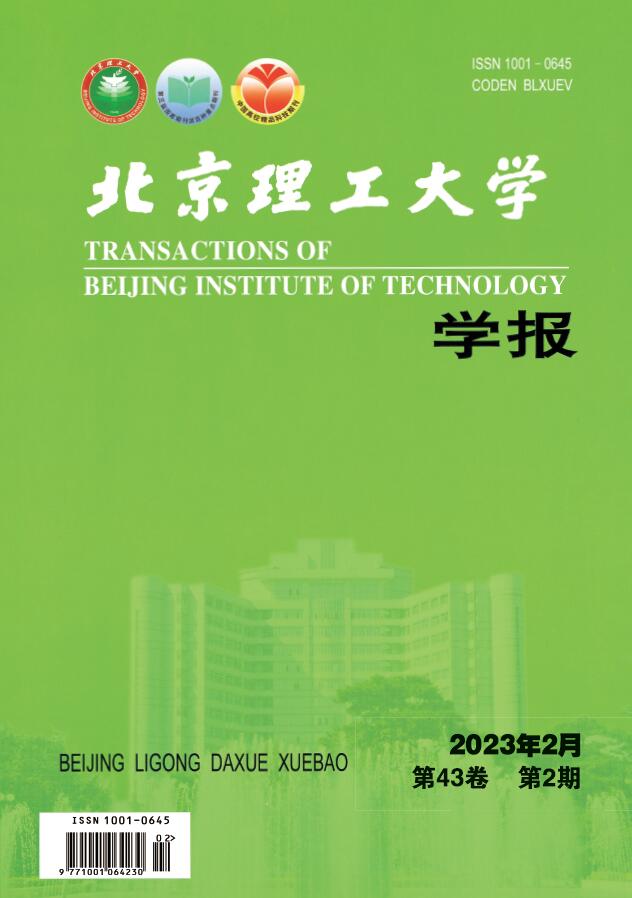2017 Vol. 37, No. 5
Display Method:
2017, 37(5): 441-445.
doi:10.15918/j.tbit1001-0645.2017.05.001
Abstract:
2017, 37(5): 446-450,496.
doi:10.15918/j.tbit1001-0645.2017.05.002
Abstract:
2017, 37(5): 451-454,465.
doi:10.15918/j.tbit1001-0645.2017.05.003
Abstract:
2017, 37(5): 455-460.
doi:10.15918/j.tbit1001-0645.2017.05.004
Abstract:
2017, 37(5): 461-465.
doi:10.15918/j.tbit1001-0645.2017.05.005
Abstract:
2017, 37(5): 466-472.
doi:10.15918/j.tbit1001-0645.2017.05.006
Abstract:
2017, 37(5): 473-477,484.
doi:10.15918/j.tbit1001-0645.2017.05.007
Abstract:
2017, 37(5): 478-484.
doi:10.15918/j.tbit1001-0645.2017.05.008
Abstract:
2017, 37(5): 485-490.
doi:10.15918/j.tbit1001-0645.2017.05.009
Abstract:
2017, 37(5): 491-496.
doi:10.15918/j.tbit1001-0645.2017.05.010
Abstract:
2017, 37(5): 497-500.
doi:10.15918/j.tbit1001-0645.2017.05.011
Abstract:
2017, 37(5): 501-505.
doi:10.15918/j.tbit1001-0645.2017.05.012
Abstract:
2017, 37(5): 506-510.
doi:10.15918/j.tbit1001-0645.2017.05.013
Abstract:
Optimized Pilot Placement for Compressive Sensing Based on Sparse Channel Estimation in OFDM Systems
2017, 37(5): 511-514.
doi:10.15918/j.tbit1001-0645.2017.05.014
Abstract:
2017, 37(5): 515-520,550.
doi:10.15918/j.tbit1001-0645.2017.05.015
Abstract:
Dual Frequency Single Epoch Integer Ambiguity Rounding Resolution Algorithm for Ultra-Short Baseline
2017, 37(5): 521-525.
doi:10.15918/j.tbit1001-0645.2017.05.016
Abstract:
2017, 37(5): 526-531.
doi:10.15918/j.tbit1001-0645.2017.05.017
Abstract:
2017, 37(5): 532-536.
doi:10.15918/j.tbit1001-0645.2017.05.018
Abstract:
2017, 37(5): 537-543.
doi:10.15918/j.tbit1001-0645.2017.05.019
Abstract:
2017, 37(5): 544-550.
doi:10.15918/j.tbit1001-0645.2017.05.020
Abstract:


